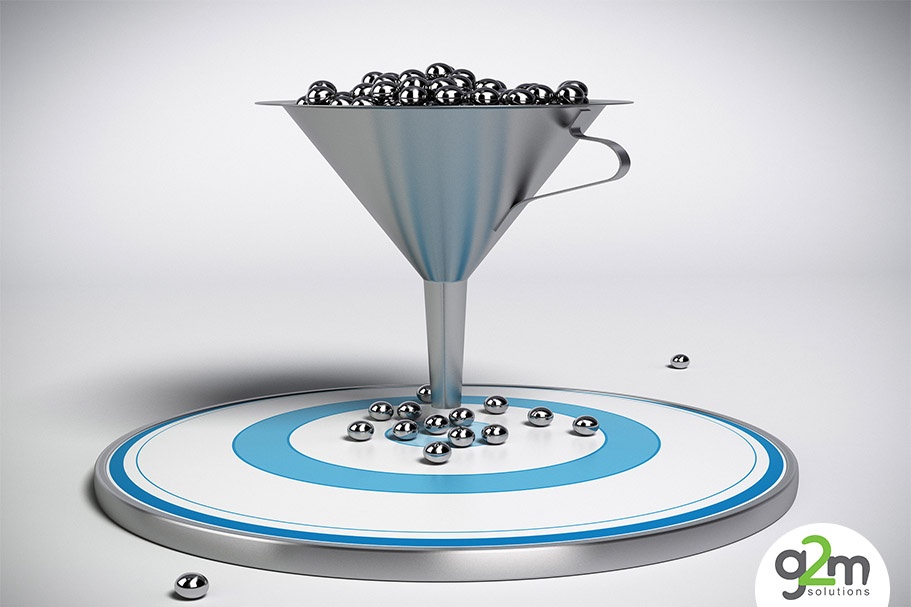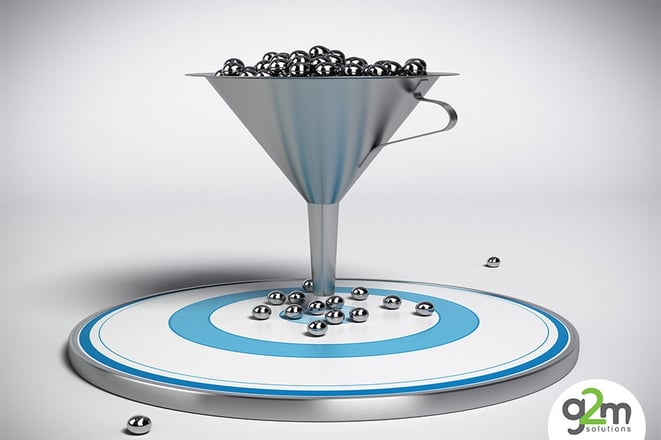BECOME W.I.S.E.R. with Your AI Prompts - A guide for sales managers
Everyone’s wittering on about AI like it’s the second coming. But here’s the rub: if you give it half-baked prompts, you’ll get half-baked answers....


Whenever we rebuild a B2B go-to-market strategy for a client, or run a course for B2B marketers the one issue that never fails to raise its ugly head, is the misalignment between marketing and sales. Delegates shake their head or shrug their shoulders as if to say “what can we do, it's just the way it is, sales and marketing are like oil and water." But it doesn’t have to be this way. In order to get your marketing and sales aligned, you need to set a common framework that both functions can align around and then set the corresponding KPIs.
But where do you start?
With digital marketing tools. They are making their way from the sidelines into the mainstream marketing toolkit. It’s their ability to measure the success of your marketing and sales tactics across the full buyer’s journey, from initial engagement, to qualified prospect, to new customer and finally, to passionate advocate, that makes them so powerful.
Sure, measuring, analysing and deducing patterns in data can give you great information. But to convert that data from just information into knowledge you need a clear framework a set of bearings – a beam from a lighthouse perched on a remote rocky outcrop that guides your vessel. Organisations then use this framework to make incremental course changes, to navigate the treacherous waters and steer you to your final destination.
But what do you use for your bearings? There are seven key “must-haves”. In reverse order from the bottom of your funnel to the top:
It's only when you know these progressions and the corresponding conversion ratio at each stage that you will have your framework goals. But you aren’t finished there, you also need to know how long it’s going to take for your buyer to pass through each stage, what is the lag between each of the seven stages of your marketing and sales funnel? With your funnel model in place you have a clearly defined goal, for each stage of the buyer's journey for each month.
“A clear set of KPIs for marketing and sales tied to the mutually agreed stages of the buyer’s journey provides a clear, strong framework. This is the key to solving the oldest B2B marketing problem in the world.”
Cumulatively, this created a staggering 60% improvement in the effectiveness of their sales and marketing funnel. Now it pays to remember these improvements are between the two ends of the bell curve – the most and least aligned firms – most if you will sit somewhere between these extremes, but nonetheless the results are undeniably powerful. Solving sales and marketing alignment holds the promise of great rewards.
The measurement structures (KPIs) of the well-aligned firms provided some great, if somewhat unexpected, insight. Success was based on building mutual reward.
So if you want to solve sales and marketing’s oldest challenge, here’s the recipe.
If you'd like to find out more about highly effective methods of revenue generation please download our complementary eBook.
Subscribe to our latest news and updates on HubSpot.

Everyone’s wittering on about AI like it’s the second coming. But here’s the rub: if you give it half-baked prompts, you’ll get half-baked answers....

The business world is falling head over heels for AI—and who can blame it? With promises to reduce grunt work, uncover insights, and turbocharge...

Search is evolving - fast. For two decades, SEO has revolved around Google’s algorithm: keywords, backlinks, metadata, and page speed. But with the...